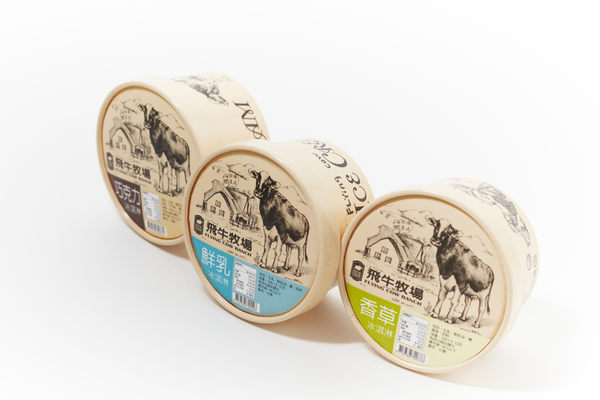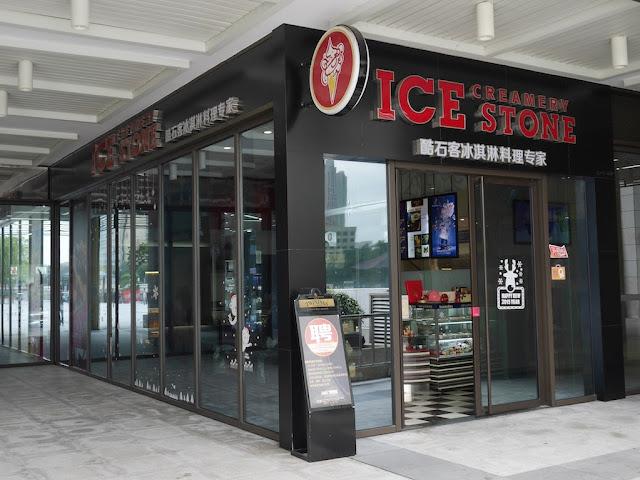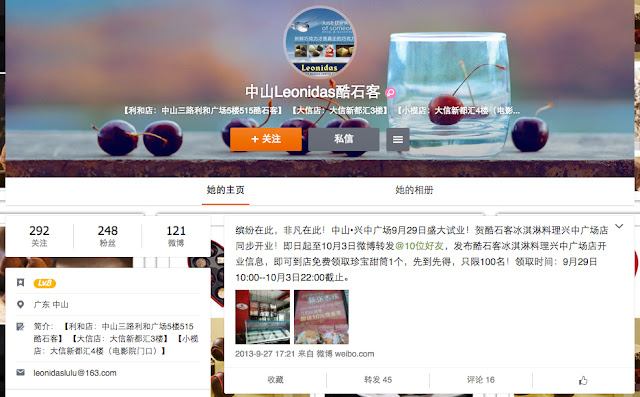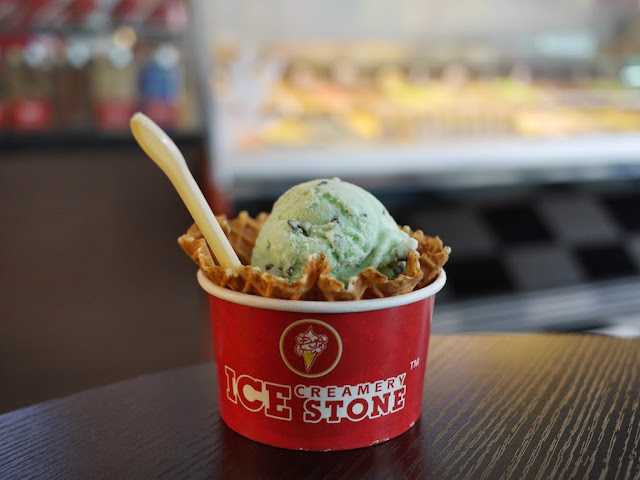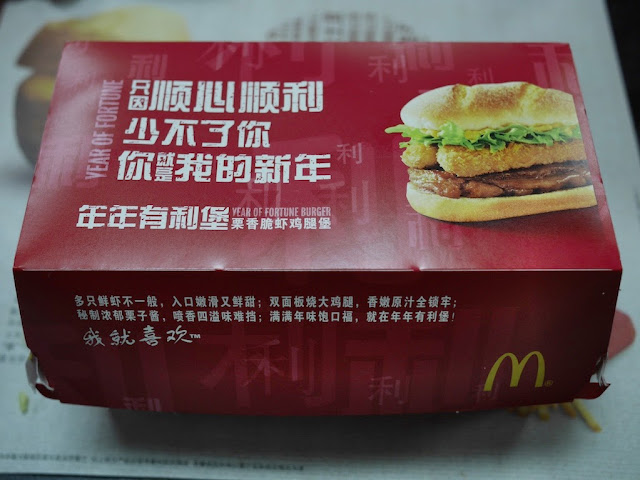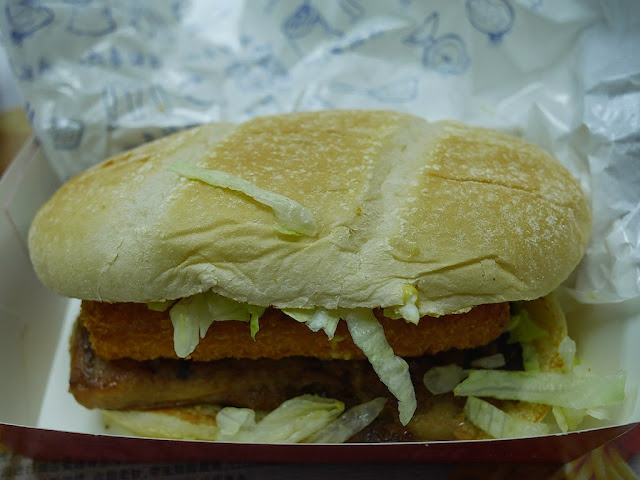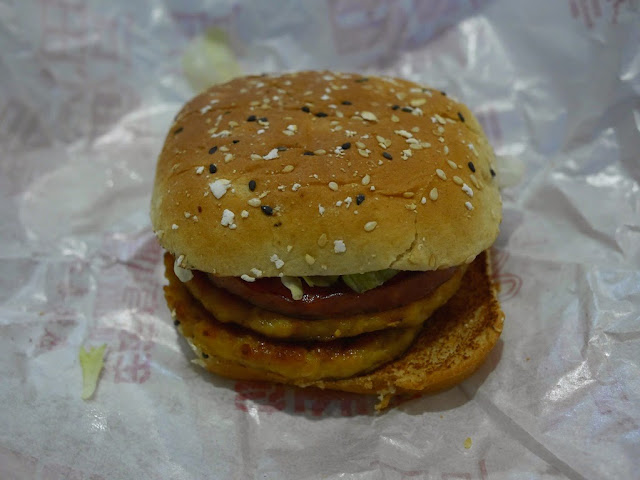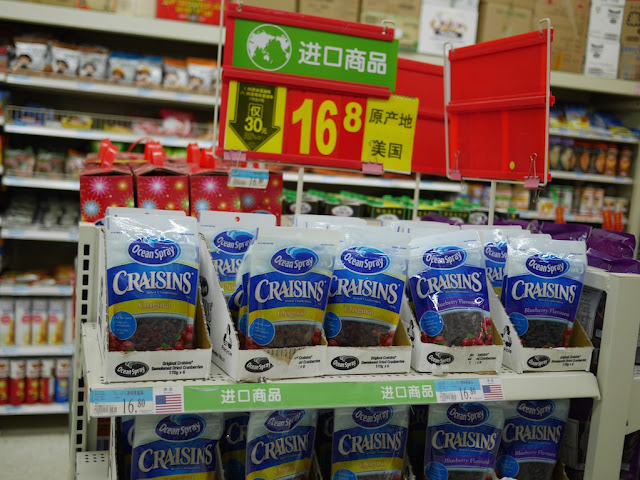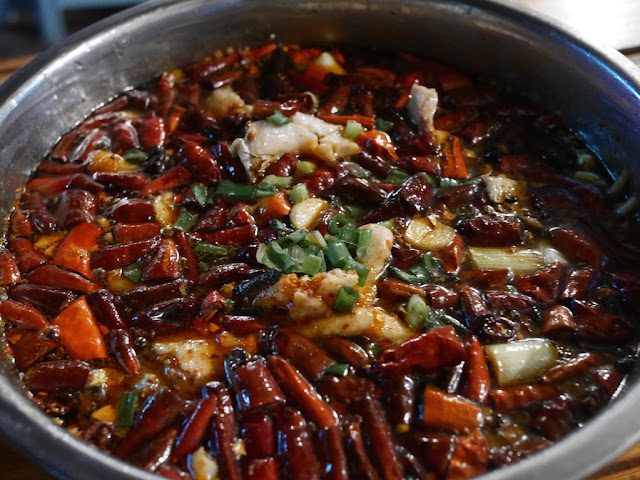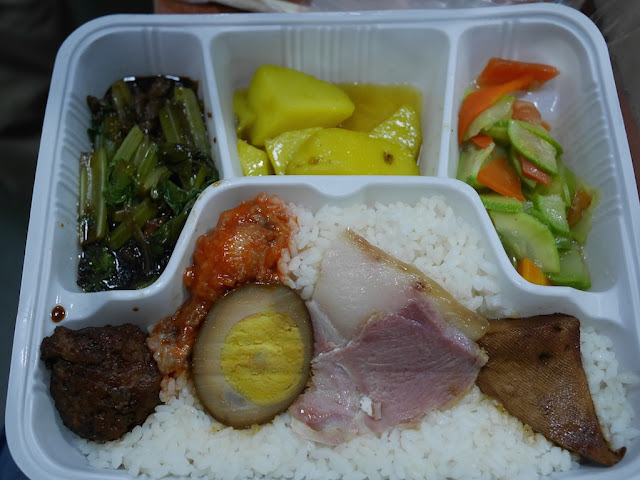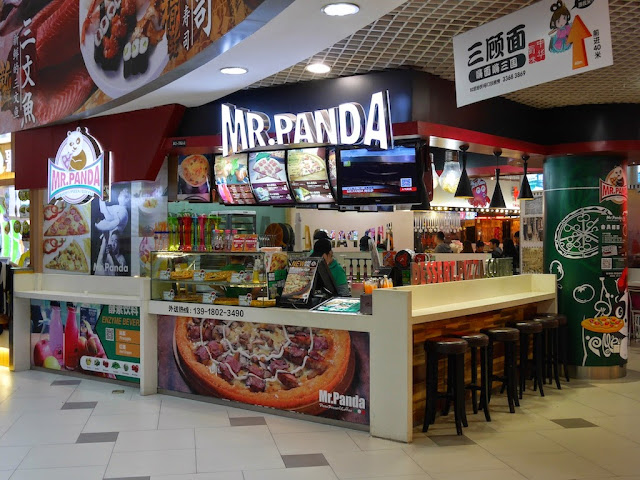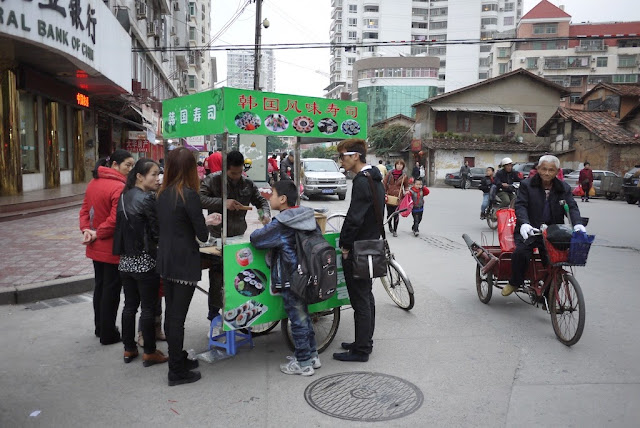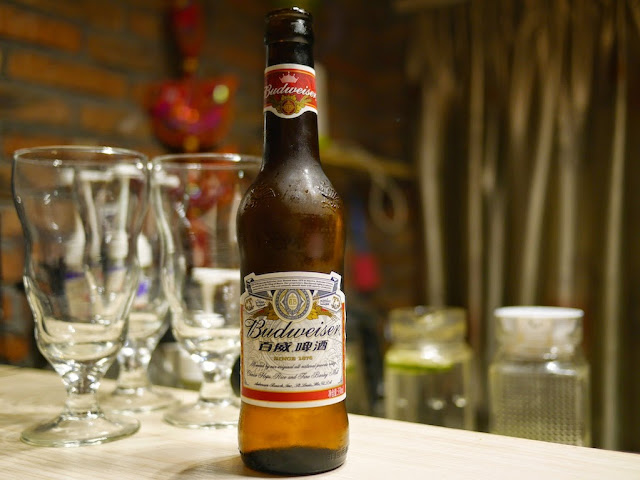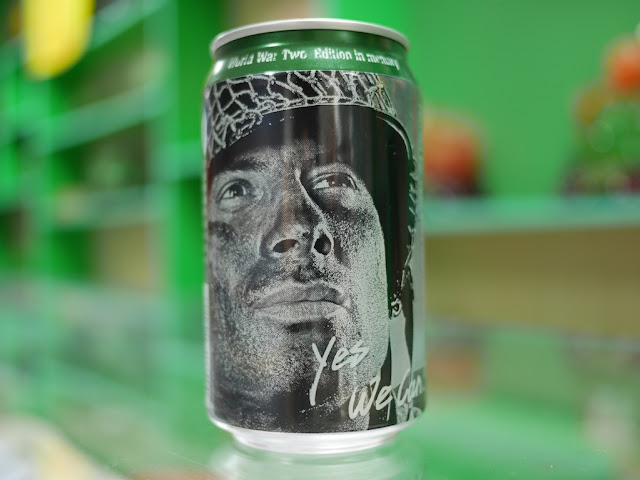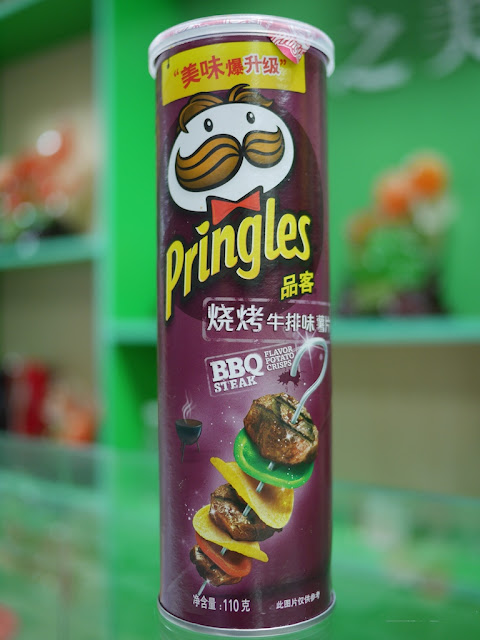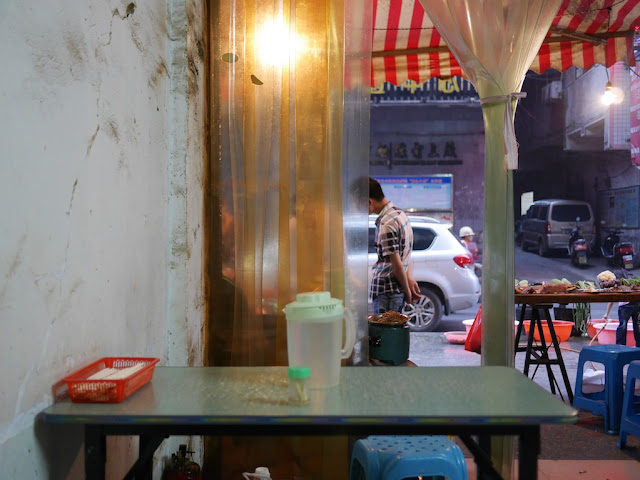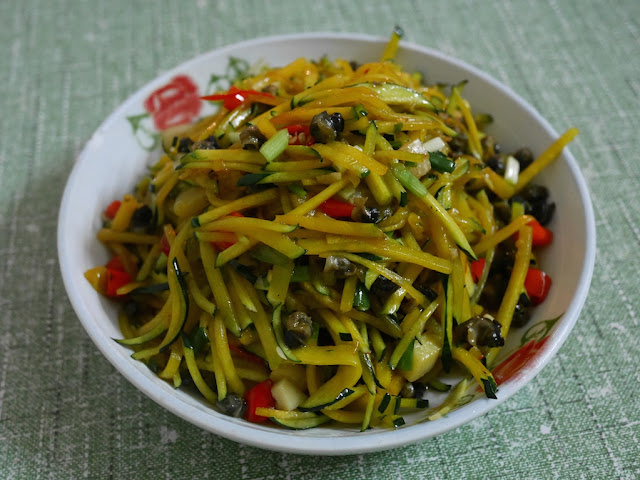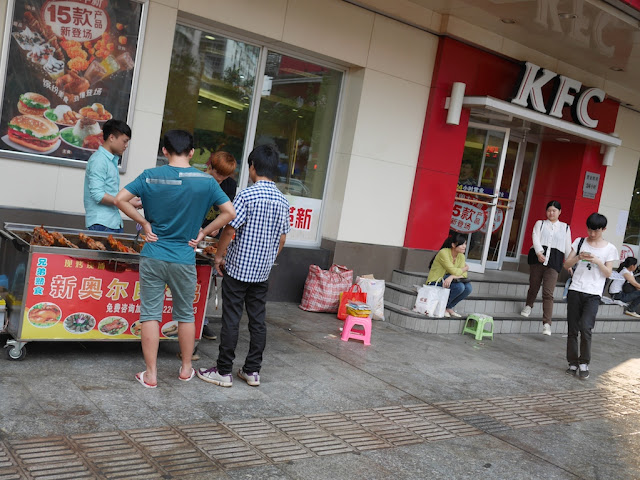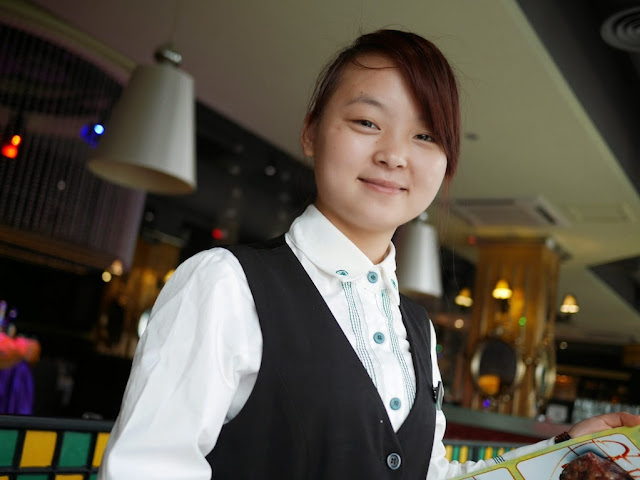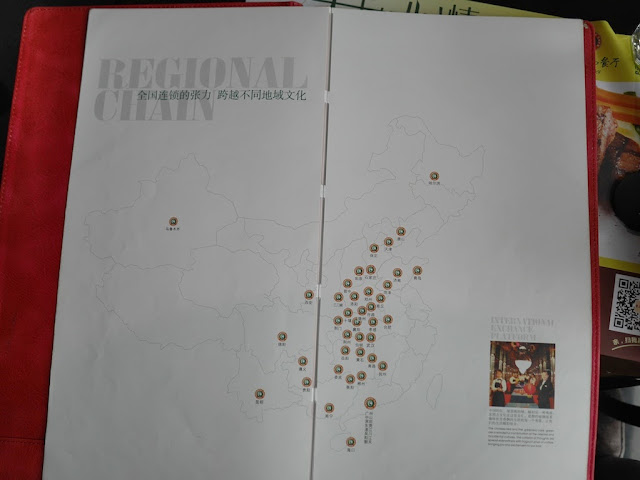In response to the post about Cold Stone Creamery imitator Ice Stone Creamery selling ice cream in Zhongshan, China, "Potomaker" commented:
I have more to say in response to the second part of Potomaker's comment, especially since it calls to mind some fond memories of an ice cream flavor that is likely unknown to many yet couldn't be more simple.
In the U.S., ice cream I have seen for sale includes at least one flavorful ingredient, such as vanilla or chocolate, in addition to the usual standard ingredients of sugar and milk/creme. But what if someone made ice cream without any of the familiar additional flavors? And if this "flavorless" ice cream was sold at an ice cream store what should it be named? Since the flavors of this ice cream are simply milk/creme and sugar, "milk ice cream" would be a an option. It acknowledges the established use of "ice cream" as a more general term and the expectation additional words will specify the ice cream's flavor. And from a marketing perspective, "milk ice cream" may be more appealing than other options such as "plain ice cream". I am not trying to making a conclusive case it is the best option but just that it is reasonable.
And I have had ice cream named "milk ice cream" (or the equivalent in Chinese) several times in Taiwan and mainland China. Years ago when I first I heard of milk ice cream, I assumed the person introducing it to me was confused or meant vanilla ice cream. But I soon discovered that, yet again, what can seem obvious isn't necessarily so obvious. And before I knew it, I was enjoying milk ice cream.
Sometimes ice cream with this name may include at least a bit of vanilla flavoring. Nonetheless, ice cream described as having the flavor "milk" is definitely out there. And for those who are now doubting my sanity, Flying Cow Ranch in Miaoli County, Taiwan, offers one clear and definitive case of the existence of "pure" milk ice cream.
On a Yahoo Taiwan ecommerce site, Flying Cow Ranch's store sells three flavors of ice cream, as seen above, labeled in Chinese as "chocolate", "milk", and "vanilla". The listed ingredients for the milk ice cream are "raw milk, fresh cream, sugar, and milk powder". Although I wouldn't say it was my own personal favorite, I wouldn't question anyone else who declared it as theirs. And without hesitation I would recommend giving it a try if you have the chance. Like Potomaker's colleague, you might find milk to be your new favorite flavor of ice cream.
More evidence of a very immature market and uninformed consumers. I recall asking a colleague what her favorite flavor of ice cream was. Her response: milk.Before replying to the first part of Potomaker's comment, I would want to clarify what counts as a "mature market" and an "informed customer" in this case. I would also want to know why customers in Zhongshan are choosing Ice Stone and more about what the store offers them, including the overall experience. For now, I'll just say that Ice Stone's similarities to Cold Stone and my own negative impressions of their mint chip ice cream doesn't mean its customers aren't making considered decisions based on relevant information.
I have more to say in response to the second part of Potomaker's comment, especially since it calls to mind some fond memories of an ice cream flavor that is likely unknown to many yet couldn't be more simple.
In the U.S., ice cream I have seen for sale includes at least one flavorful ingredient, such as vanilla or chocolate, in addition to the usual standard ingredients of sugar and milk/creme. But what if someone made ice cream without any of the familiar additional flavors? And if this "flavorless" ice cream was sold at an ice cream store what should it be named? Since the flavors of this ice cream are simply milk/creme and sugar, "milk ice cream" would be a an option. It acknowledges the established use of "ice cream" as a more general term and the expectation additional words will specify the ice cream's flavor. And from a marketing perspective, "milk ice cream" may be more appealing than other options such as "plain ice cream". I am not trying to making a conclusive case it is the best option but just that it is reasonable.
And I have had ice cream named "milk ice cream" (or the equivalent in Chinese) several times in Taiwan and mainland China. Years ago when I first I heard of milk ice cream, I assumed the person introducing it to me was confused or meant vanilla ice cream. But I soon discovered that, yet again, what can seem obvious isn't necessarily so obvious. And before I knew it, I was enjoying milk ice cream.
Sometimes ice cream with this name may include at least a bit of vanilla flavoring. Nonetheless, ice cream described as having the flavor "milk" is definitely out there. And for those who are now doubting my sanity, Flying Cow Ranch in Miaoli County, Taiwan, offers one clear and definitive case of the existence of "pure" milk ice cream.
On a Yahoo Taiwan ecommerce site, Flying Cow Ranch's store sells three flavors of ice cream, as seen above, labeled in Chinese as "chocolate", "milk", and "vanilla". The listed ingredients for the milk ice cream are "raw milk, fresh cream, sugar, and milk powder". Although I wouldn't say it was my own personal favorite, I wouldn't question anyone else who declared it as theirs. And without hesitation I would recommend giving it a try if you have the chance. Like Potomaker's colleague, you might find milk to be your new favorite flavor of ice cream.

